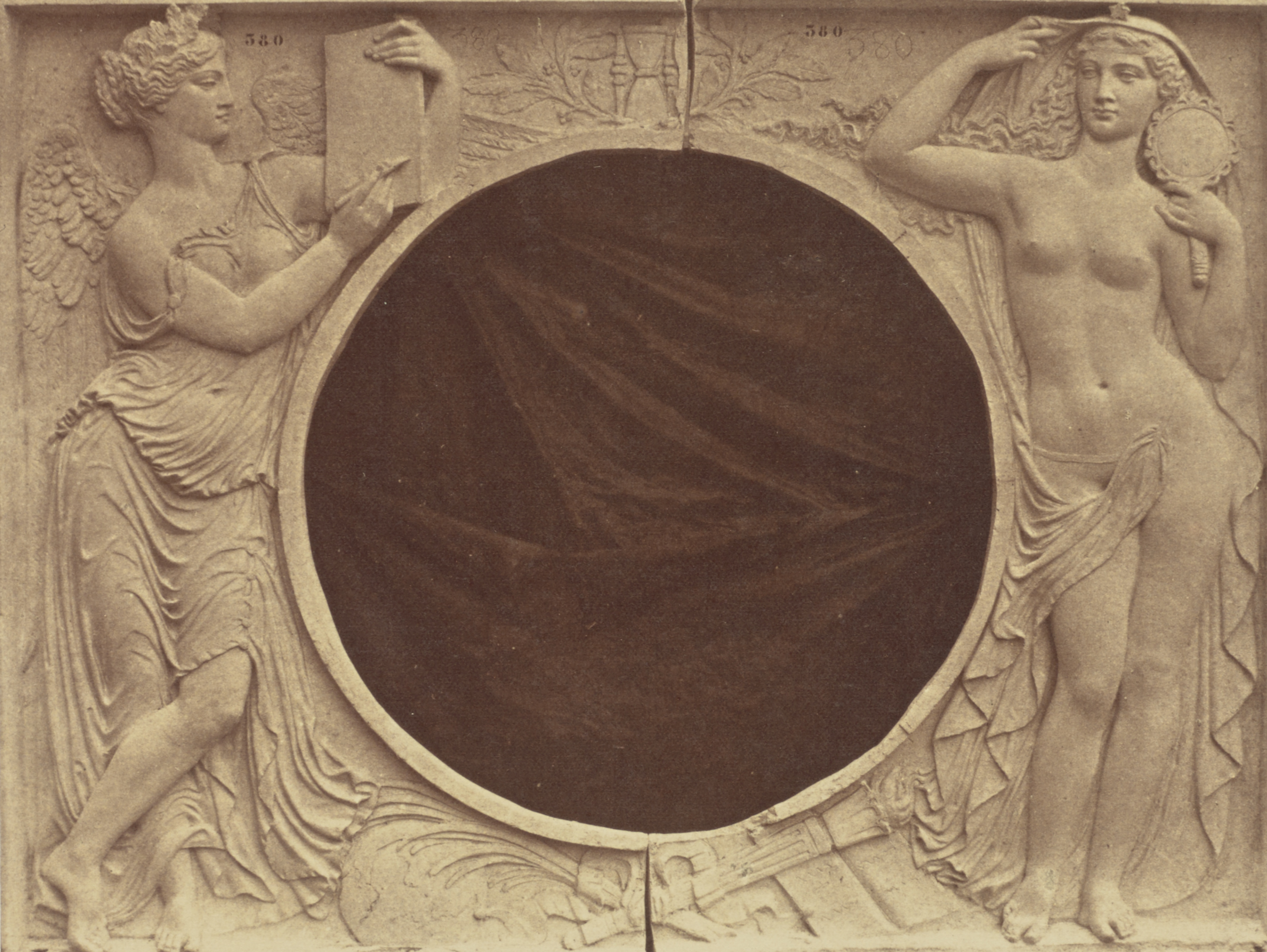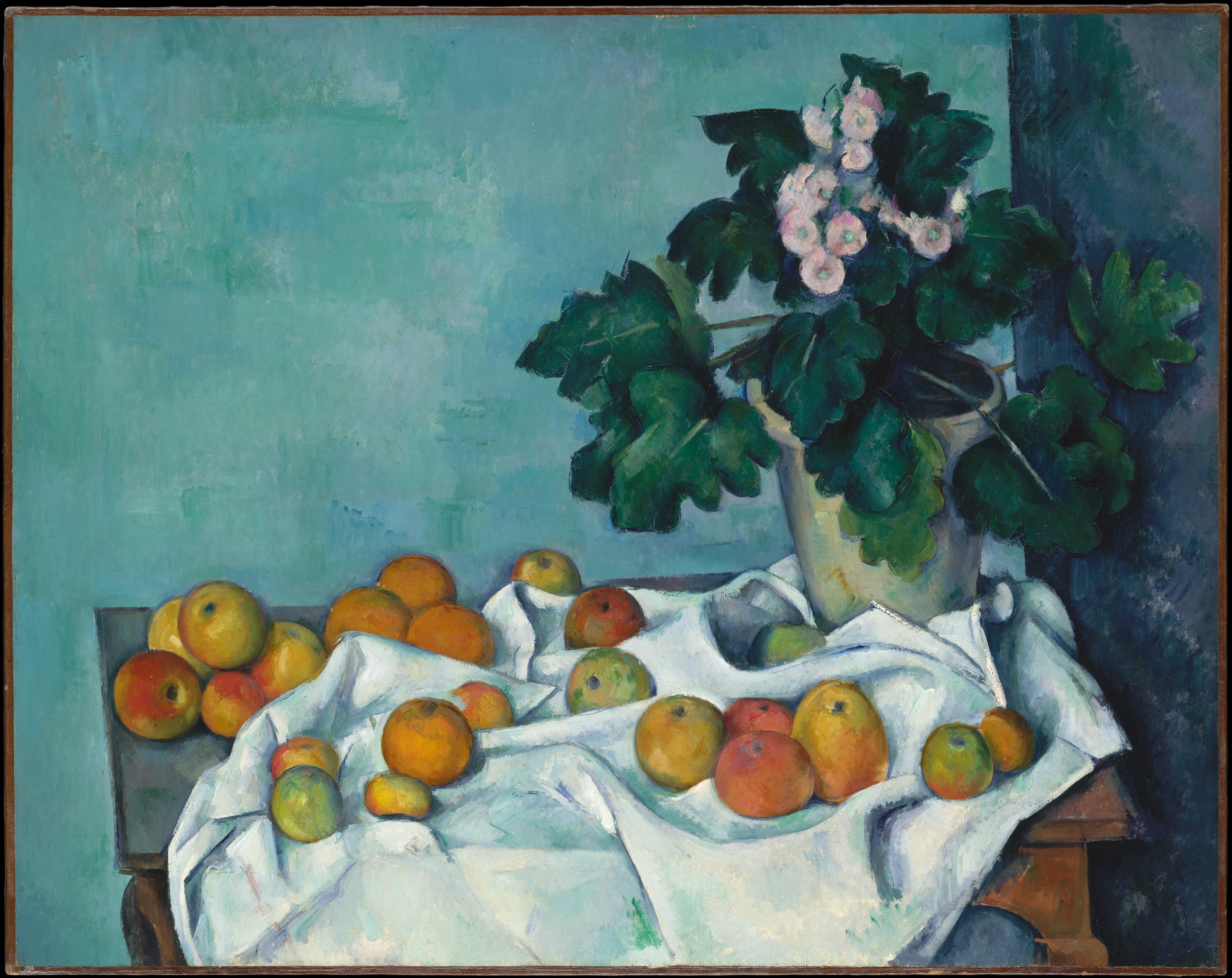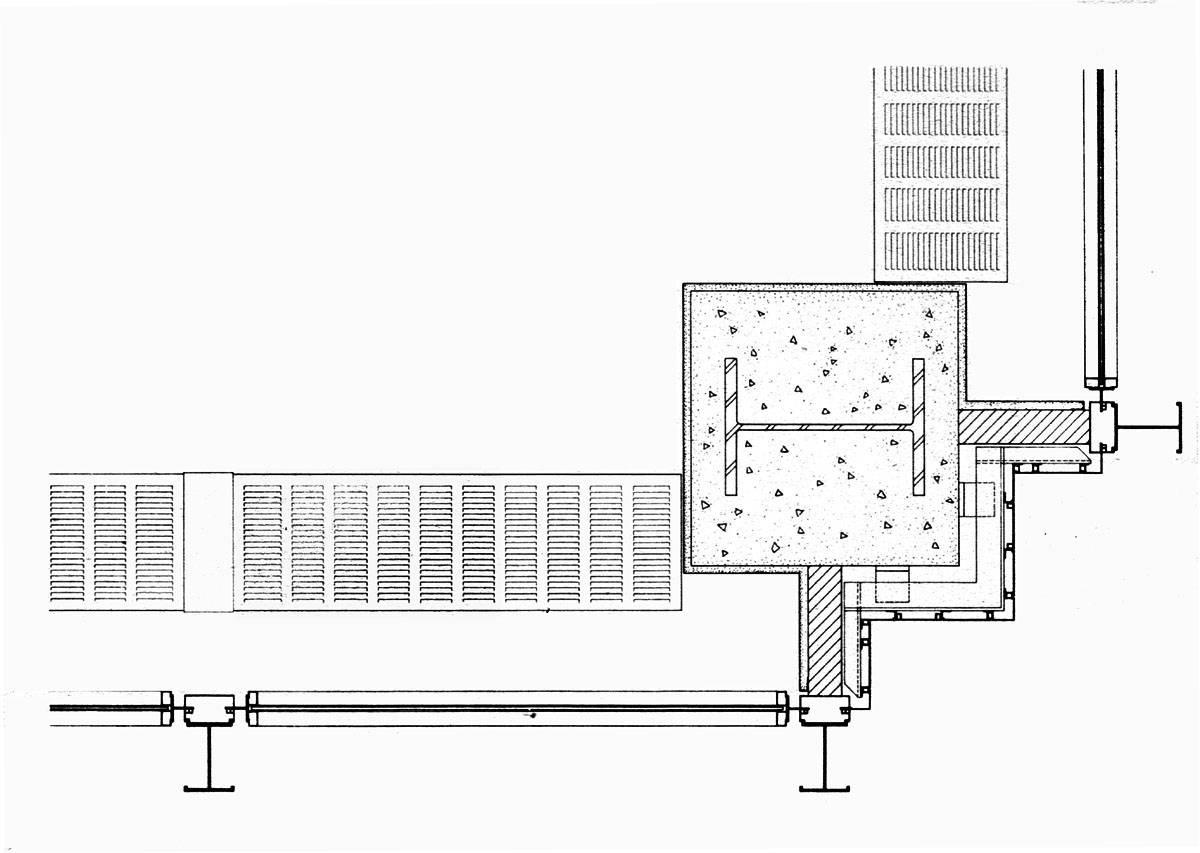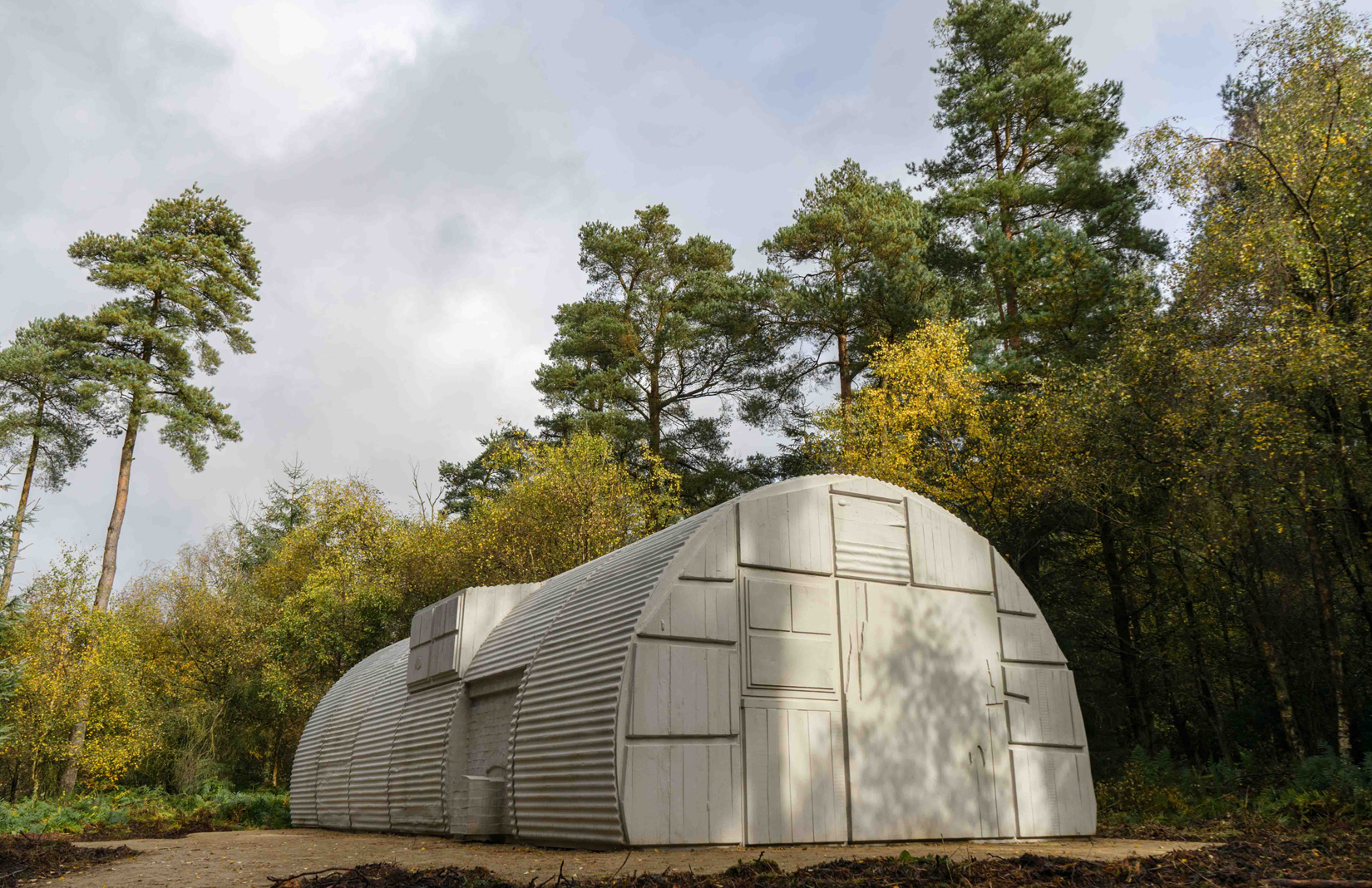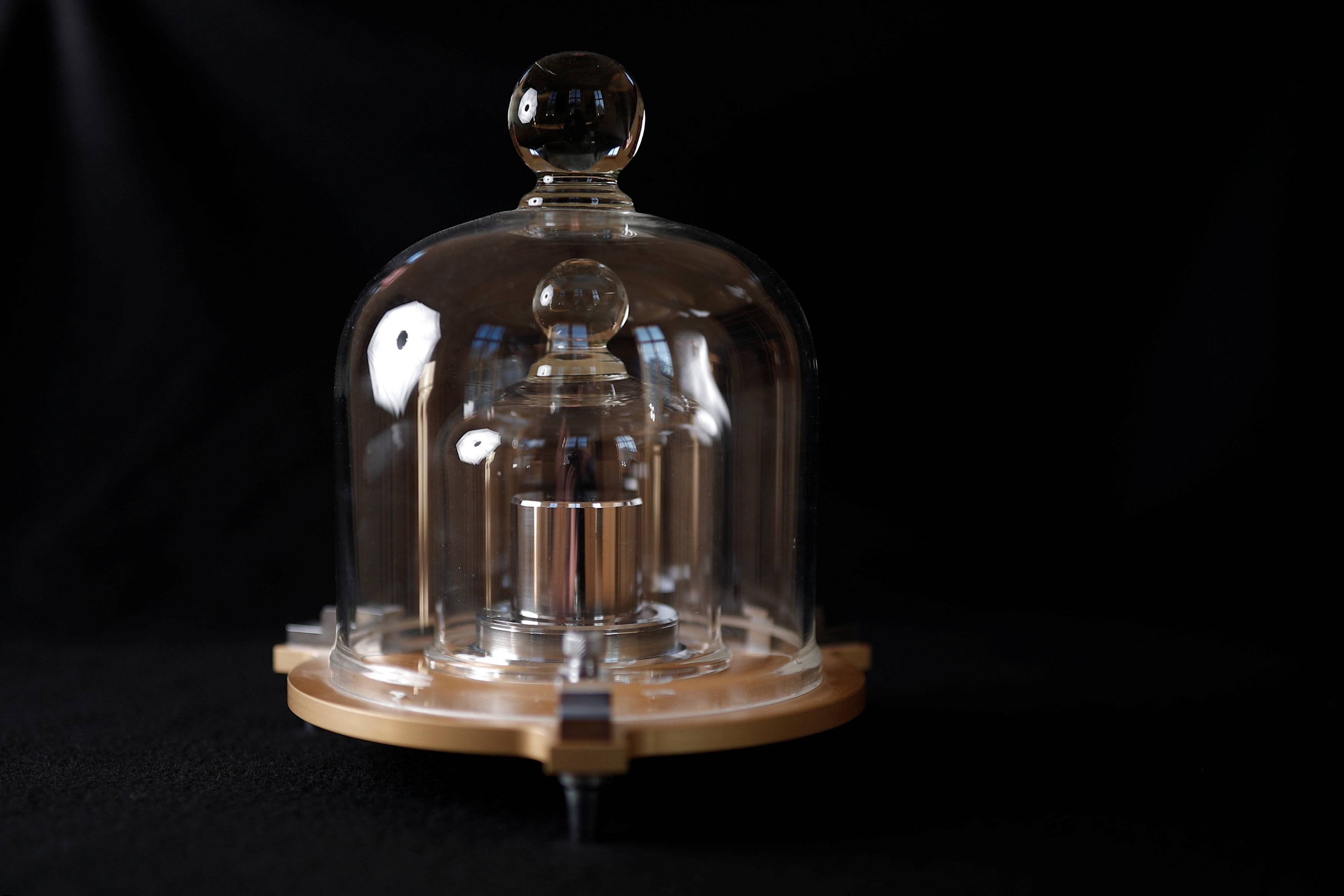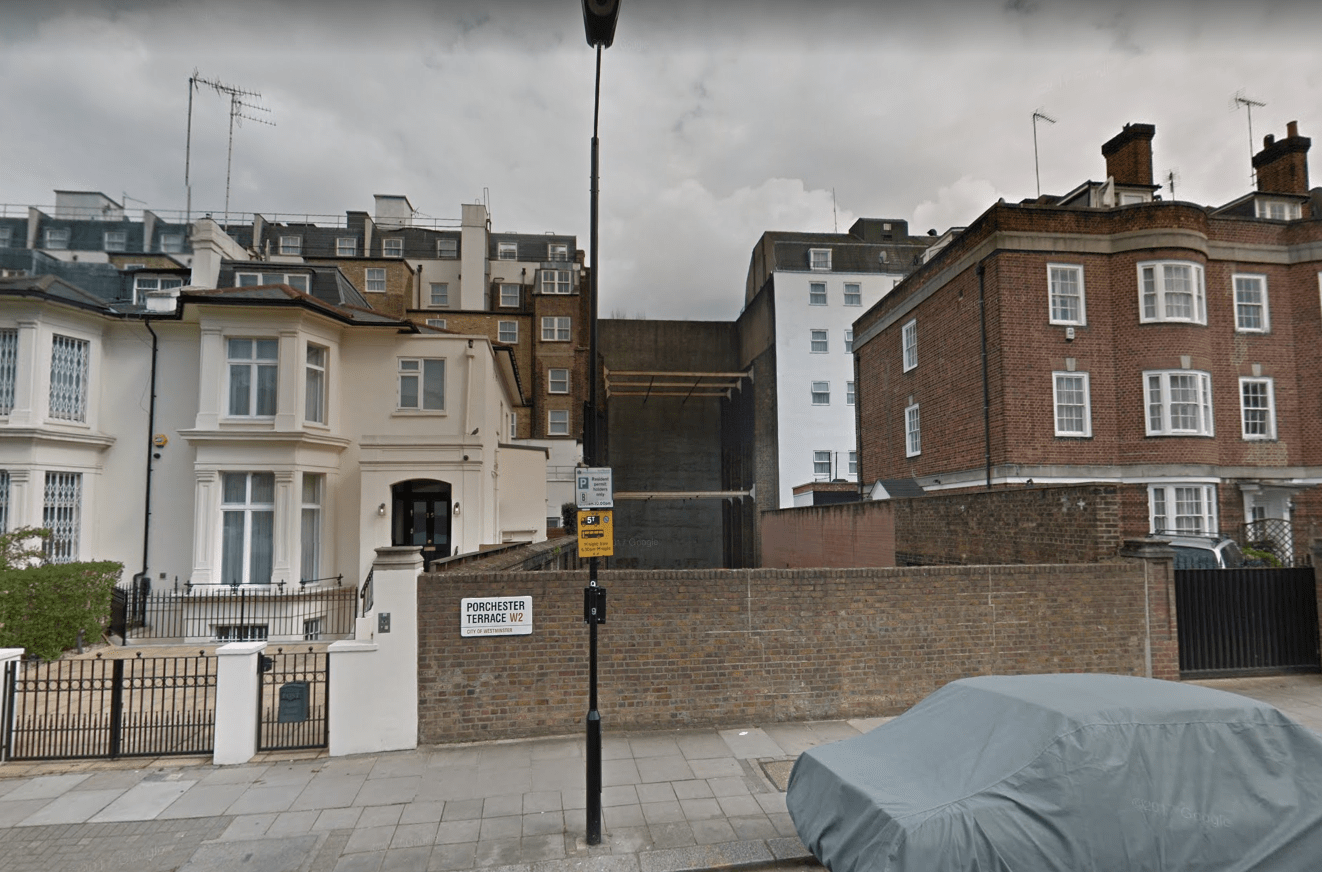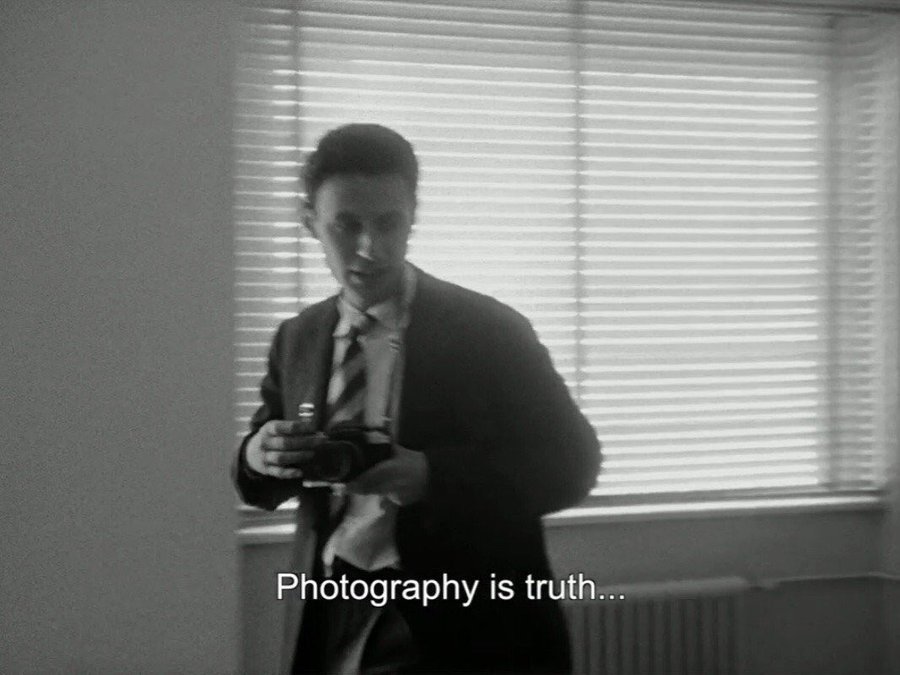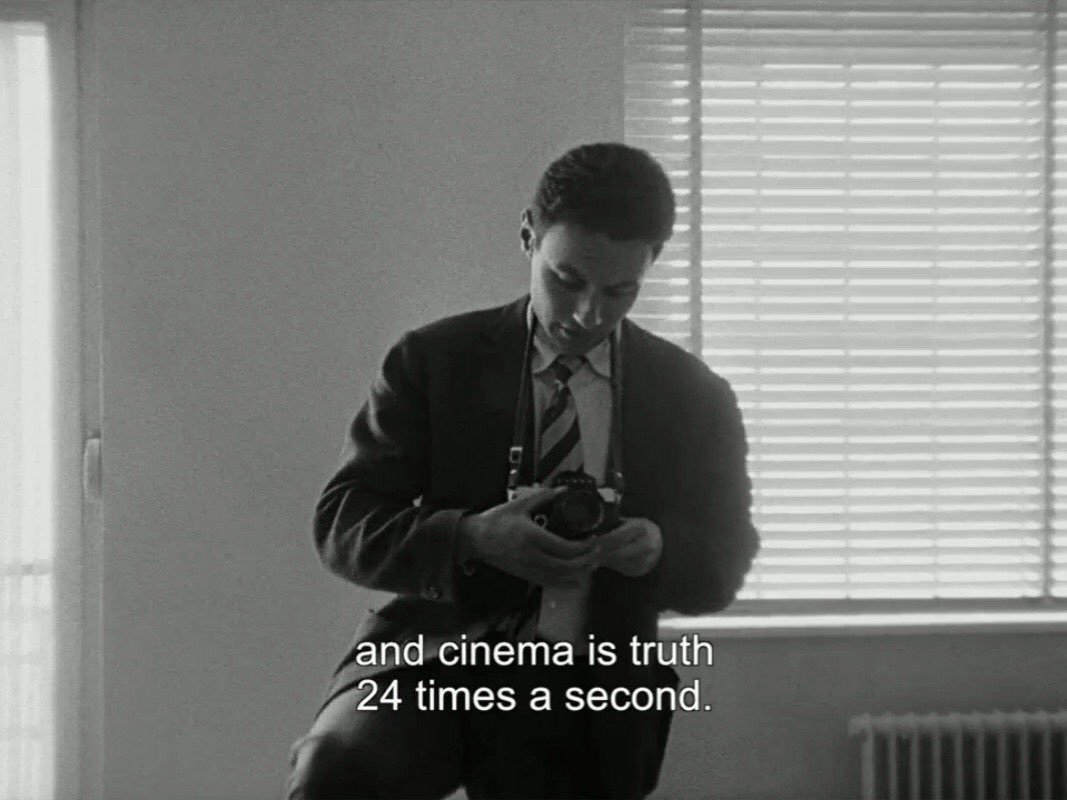Selected Topics in Architectural History and Theory: The Practice of Truth in Architecture
Images: 1. Pierre Loison, History and Truth, The Louvre, Paris (photograph by Édouard Baldus 1852–57); 2. Paul Cézanne, Still Life with Apples and a Pot of Primroses (ca. 1890); 3. Mies van der Rohe, Corner Detail of Seagram Building, New York (1954–8); 4. Rachel Whiteread, Nissen Hut (2018); 5. International Prototype of the Kilogram (“le Grand K”; 1889); 6. View of Leinster Gardens from Porchester Terrace, London; 7 .& 8. Jean-Luc Godard, Le Petit Soldat (1960).
ARC3322H F
Instructor: Peter Sealy
Meeting Section: L0101
Monday, 9:00am - 12:00pm
“[Architecture is] the true writing of peoples”
- Hippolyte Fortoul, De l’Art en Allemagne (1842)“Nothing can be beautiful which is not true”
- John Ruskin, Modern Painters (1843)“Photography is truth. The cinema is truth twenty-four times per second”
- Jean-Luc Godard, Le Petit Soldat (1960)
“Truth” and related terms such as “truthful,” objective,” and “sincere” have featured widely in architectural discourse, as have their pejorative antonyms. Waxing and waning over the centuries, the use of such language reveals a desire to constrain theory and practice within an accepted system of judgement. While often making claims to universality and asserting moral force, I contend that truth is best understood as a malleable practice attempting to reconcile architecture’s interest in subjective qualities (appearance, affect, etc.) with its desire to be grounded in objective, evidentiary discourse. Today, we may ask whether truth’s applied and ethical dimensions have not been translated into contemporary discussions of the “natural” and the “sustainable” in architecture.
The concept of truth as a historical and contemporary frame for architecture will be explored through a series of weekly thematic explorations, including rationalism, history, objectivity, precision, and fiction. Forms of representation, such as photography, cinema, painting, and the digital manipulation of architectural images, will provide a major theoretical and practical focus. Assigned readings will be drawn from texts by Peter Collins, Lorraine Daston and Peter Galison, Jacques Derrida, Arthur Drexler, Francesca Hughes, John Ruskin, Leslie Topp, and John Summerson, among other writers.
Throughout the seminar, participants will be challenged to engage with profound historical and philosophical concepts, while carefully reflecting upon contemporary architectural practices, especially image-making. Participants will complete three major assignments:
- The making of an image or object to explore relevant practices discussed in this seminar;
- The presentation of an object from the Canadian Centre for Architecture’s collection; and
- The writing of a short theoretical paper on a relevant topic.
Participation in seminar discussion is expected. As well, students will submit weekly captioned images in response to the assigned readings.
**Please note that an optional visit to Montréal is scheduled for November 2–4**


